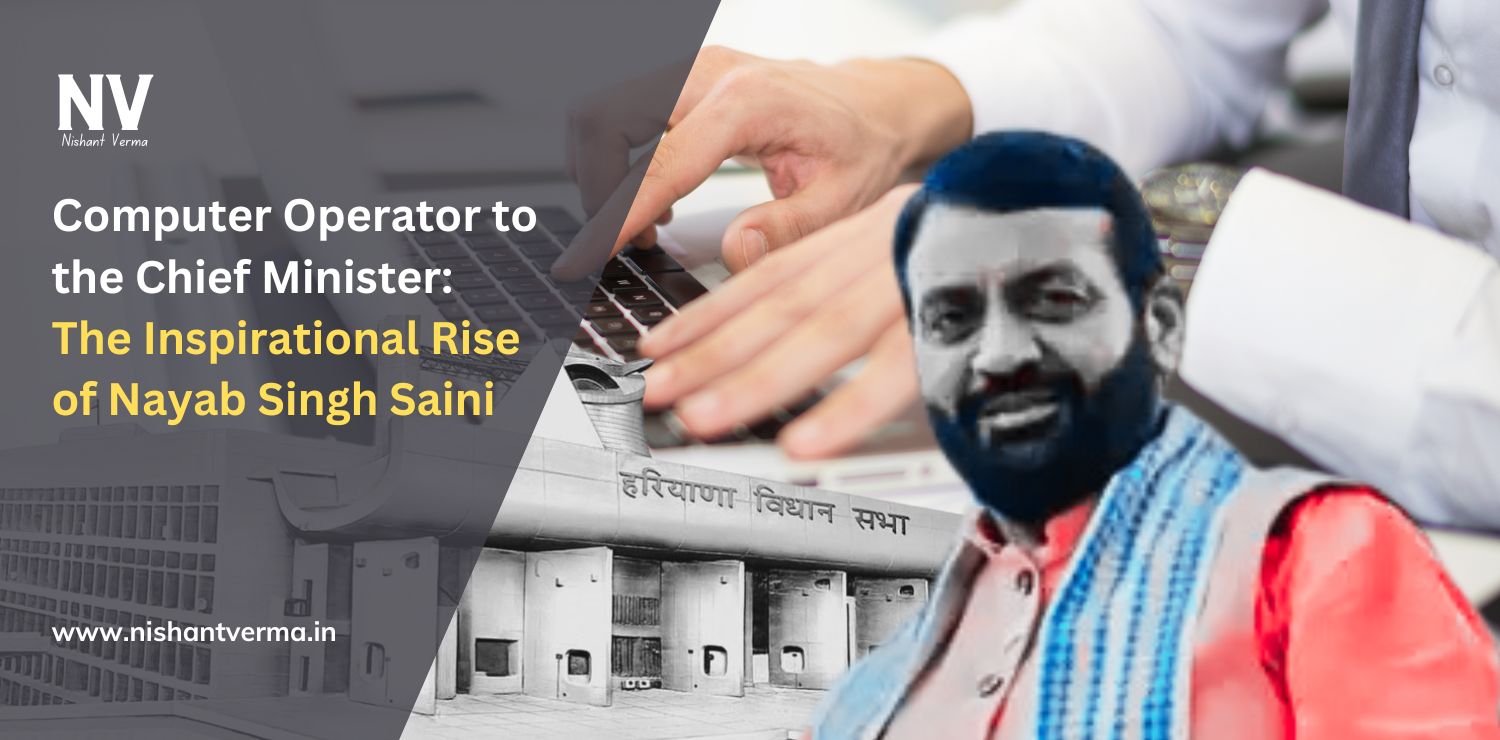Communication is the heartbeat of effective leadership communication. In this comprehensive guide, we’ll unravel the essential role of effective communication in leadership excellence. Whether you’re a seasoned leader aiming to refine your communication skills or an aspiring leader eager to learn the ropes, join us on this journey into the heart of leadership, where the art of communication shapes the path to success.

I. The Foundation of Effective leadership communication
Understanding Communication:
At its core, communication is the exchange of information between individuals. In a leadership context, it involves conveying thoughts, ideas, and expectations in a clear and meaningful way.
The Importance of Effective Communication:
effective leadership communication is the linchpin of successful leadership. It builds trust, fosters collaboration, and ensures that everyone in the team is on the same page, working towards common goals.
Types of Communication:
Communication takes various forms, including verbal, non-verbal, and written. Leaders must master each type to convey messages effectively in diverse situations.
II. Verbal Communication Skills
Clarity and Conciseness:
Leaders should articulate their thoughts clearly and concisely. A clear message minimizes misunderstandings and ensures that team members comprehend the information accurately.
Active Listening:
Active listening is a cornerstone of effective communication. Leaders who actively listen show empathy, understand diverse perspectives, and build stronger connections with their teams.
Empathetic Communication:
Empathetic communication involves understanding and acknowledging the emotions of others. Leaders who communicate with empathy create a supportive and inclusive work environment.
Positive Reinforcement:
Positive reinforcement in communication involves recognizing and praising the efforts and achievements of team members. This fosters a positive and motivating atmosphere within the team.
III. Non-Verbal Communication Skills
Body Language:
Body language conveys a wealth of information. Leaders should be mindful of their posture, gestures, and facial expressions to ensure that their non-verbal cues align with their verbal messages.
Eye Contact:
Maintaining appropriate eye contact demonstrates confidence and sincerity. It also conveys attentiveness, making team members feel heard and valued.
Facial Expressions:
Facial expressions play a crucial role in non-verbal communication. Leaders should be aware of their expressions to convey the right emotions and intentions.
Gestures and Posture:
Purposeful gestures and posture enhance communication. Leaders should use gestures to emphasize points and maintain an open and approachable posture to encourage team engagement.
IV. Written Communication Skills
Clarity in Writing:
Written communication, including emails and documents, should be clear and easily understood. Leaders must convey information in a concise and organized manner to avoid confusion.
Professional Tone:
Maintaining a professional tone in written effective leadership communication is vital. Leaders should strike a balance between being approachable and maintaining the necessary level of formality.
Effective Use of Technology:
In the digital age, leaders must be adept at using communication technologies. This includes mastering email etiquette, leveraging collaboration tools, and embracing other digital platforms for effective communication.

V. Overcoming Communication Challenges
Handling Misunderstandings:
Misunderstandings are inevitable. Leaders should address them promptly, seeking clarification and providing additional information to ensure that everyone is on the same page.
Navigating Cultural Differences:
In diverse workplaces, cultural differences can impact communication. Leaders should be culturally sensitive, understanding and respecting varying communication styles to foster inclusivity.
Dealing with Conflicts:
Conflicts may arise in any team. Effective leaders address conflicts head-on, promoting open effective leadership communication, active listening, and collaborative problem-solving to reach resolutions.
Time Management in Communication:
Time is a precious resource. Leaders should be mindful of the time spent on communication, ensuring that messages are conveyed efficiently without unnecessary delays.
VI. Real-World Examples of Effective Communication
Oprah Winfrey:
Oprah Winfrey is renowned for her effective communication skills. Her ability to connect with diverse audiences, ask insightful questions, and communicate authentically has contributed to her success in media and leadership.
Elon Musk (Tesla and SpaceX):
Elon Musk’s communication style is characterized by clarity and transparency. His use of social media, press releases, and public statements effectively conveys his vision and decisions to both employees and the public.
Melinda Gates:
Melinda Gates is recognized for her effective leadership communicationin the philanthropic sector. Her ability to articulate complex issues, share compelling stories, and engage with a broad audience has amplified the impact of the Gates Foundation.
VII. Building a Culture of Effective Communication
Setting Communication Expectations:
Leaders should establish clear communication expectations within their teams. This includes preferred channels, response times, and guidelines for sharing information.
Encouraging Open Dialogue:
A culture of open dialogue encourages team members to voice their opinions, ideas, and concerns. Leaders should create an environment where everyone feels comfortable contributing to discussions.
Providing Constructive Feedback:
Constructive feedback is essential for growth. Leaders should deliver feedback in a constructive and supportive manner, focusing on improvement rather than criticism.
Celebrating Achievements:
Effective leaders celebrate team achievements and milestones. This not only boosts morale but also reinforces the value of effective leadership communication in achieving collective goals.

VIII. Future Trends in Leadership Communication
Virtual Leadership Communication:
As remote and virtual work become more prevalent, leaders must adapt their communication styles to effectively lead and connect with dispersed teams through digital platforms.
Emphasis on Inclusivity:
Inclusive communication will be a growing trend. Leaders will need to actively ensure that their communication practices embrace diversity, consider different perspectives, and promote a sense of belonging.
Interactive and Visual Communication:
The use of interactive and visual communication tools will continue to rise. Leaders who incorporate visuals, multimedia, and interactive elements into their communication strategies can enhance engagement and understanding.
Conclusion
Effective leadership communication is the compass that guides leaders through the intricacies of leadership. As you embark on your journey or seek to enhance your communication skills, remember that the art of communication is not just about words but about building connections, fostering understanding, and inspiring collective action. So, step into the realm of leadership where effective communication reigns supreme, and watch as you not only lead but inspire, influence, and leave a lasting impact on those you lead.




